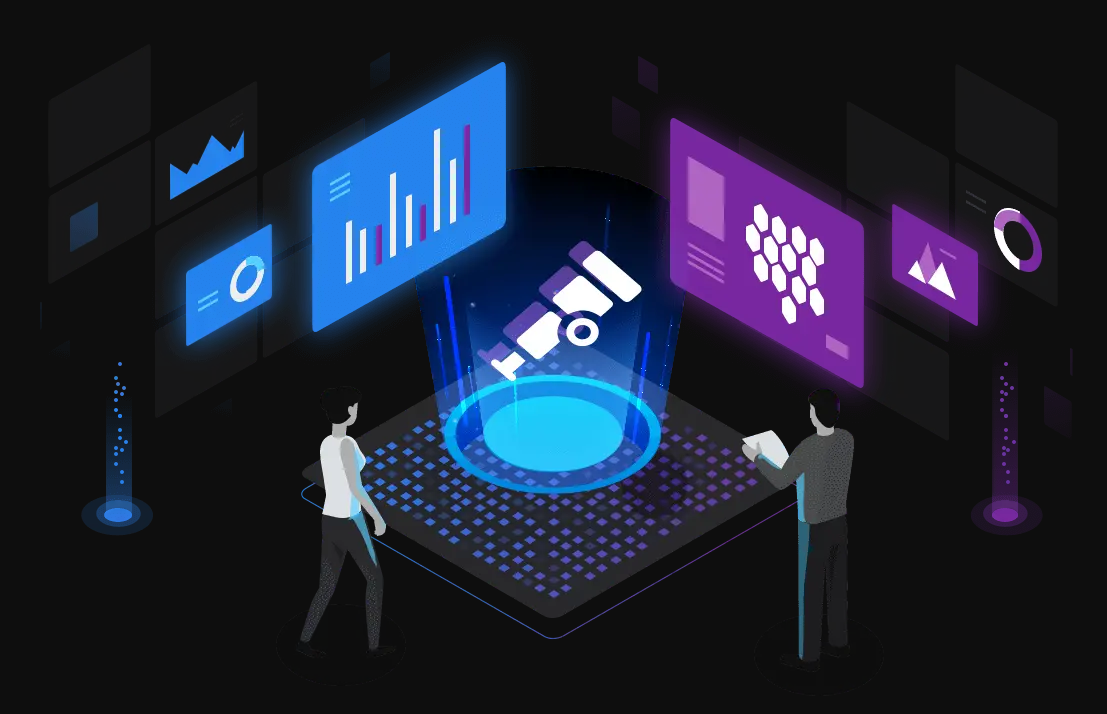To understand what’s happening in today’s complex software ecosystems, you need comprehensive telemetry data to make it all observable. In fact, observability is essential for shaping how we design smarter, more resilient systems for the future. With so many types of technologies in software stacks around the globe, OpenTelemetry has emerged as the de facto standard for gathering telemetry data.
As an open-source project, OpenTelemetry sets standards for telemetry data sets and works with a wide range of systems and platforms to collect and export telemetry data to backend systems. Now the second largest CNCF project behind Kubernetes, OpenTelemetry and its adoption will only continue to grow as the project matures.
But generating telemetry data is the easy part. The true opportunity lies in turning raw telemetry data into actionable insights.
Because it’s constantly evolving through the efforts of many independent contributors, staying up to date with the latest in OpenTelemetry is no small feat. To get a better idea of OpenTelemetry trends in 2025 and how to get the most out of it in your observability strategy, some of our Dynatrace open-source engineers and advocates called out the innovations they find most interesting.
Top takeaways: Key OpenTelemetry trends in 2025
- Semantic Conventions ensure alignment: Semantic Conventions provide consistent telemetry data interpretation, correlation, and automation, with HTTP spans now stable and other domains like databases and messaging nearing stabilization.
- OpenTelemetry Collector simplifies complex deployments: Set to reach v1.0 in 2025, OpenTelemetry Collector manages data ingestion, cleanup, and routing to backends.
- Profiling in OpenTelemetry is advancing: The new profiling signal, experimental Collector support, and an eBPF-based Continuous Profiling agent with first releases expected later in 2025.
- OpenTelemetry is enhancing GenAI observability: By defining semantic conventions for GenAI and implementing Python-based instrumentation for OpenAI, OpenTel is moving toward addressing GenAI monitoring and performance tuning needs.
- The OpenTelemetry ecosystem is maturing: Detailed specifications and improved implementations are on the rise.
Semantic Conventions
Instrumenting different runtimes and frameworks by multiple vendors to generate multiple signals consistently is a huge challenge. At the same time, having aligned telemetry data is crucial for adopting OpenTelemetry at scale. First, it allows human operators to correctly interpret the data they’re seeing. Second, it enables efficient and effective correlation and comparison of data between various sources. Finally, it empowers automated systems to process and analyze OpenTelemetry data, without requiring adaptations for every framework.
Semantic Conventions, or semconv, is the standard that makes it all possible. Semconv for HTTP spans—quite possibly the most important signal—has been declared stable, and HTTP metrics will hopefully soon follow. Other key domains, such as databases and messaging, are in very advanced stages and are expected to stabilize soon.
OpenTelemetry Collector 1.0
In most real-world use cases, OpenTelemetry deployments are far from trivial. Receiving data from multiple sources, cleaning it up, and reliably and efficiently sending it to the desired backend systems is no small feat.
That’s where the OpenTelemetry Collector can help. Acting as the middlemen, Collectors hide all the pesky little details, allowing OpenTelemetry exporters to focus on generating data, and OTel backends to focus on storage and analysis.
The Collector is expected to be ready for prime time in 2025, reaching the v1.0 milestone.
Profiling
Profiling has always been a crucial aspect of performance monitoring, and it’s great to see OpenTelemetry catching up. The new Profiling signal was announced in 2024, and work is ongoing to allow widespread adoption. The specifications for OTLP and semconv for profiling are advancing rapidly, and an experimental Collector support has been developed.
Most notably, a Continuous Profiling agent based on eBPF has been donated to the OpenTelemetry project. We expect to see the first releases in 2025, so you’ll be able to test out this innovative technology.

OpenTelemetry for generative AI
AI observability is a key concern for many teams who are coming to rely more and more on GenAI (and other forms of AI) in their applications. In fact, with modern AI tools often being expensive black boxes, their monitoring and security often take priority over more traditional applications.
OpenTelemetry trends are following suit. OpenTel is being enhanced to meet the need for reliable GenAI outputs. We expect to see all the usual use cases for observability, such as monitoring application health and cost, as well as more AI-specific use cases such as tuning model performance.
OpenTelemetry is working hard to define the semconv for instrumenting GenAI and has started working on the first implementation: instrumentation for OpenAI in Python. If you are working with GenAI applications, you should keep an eye out for this one.
Looking ahead
As we move further into 2025, there are many great new features we can adopt from OpenTelemetry and even more to look forward to later in the year. The ecosystem is maturing, specifications are becoming more meaningful and detailed, and implementations are becoming ever better at providing detailed observability data.
As OpenTelemetry trends evolve, I would love to see more opinionated, turnkey solutions for adopting OpenTel at scale in 2026. While it’s great to have so many options to choose from, it sometimes feels like you must be an expert in every single tool to make the right choices.





Looking for answers?
Start a new discussion or ask for help in our Q&A forum.
Go to forum